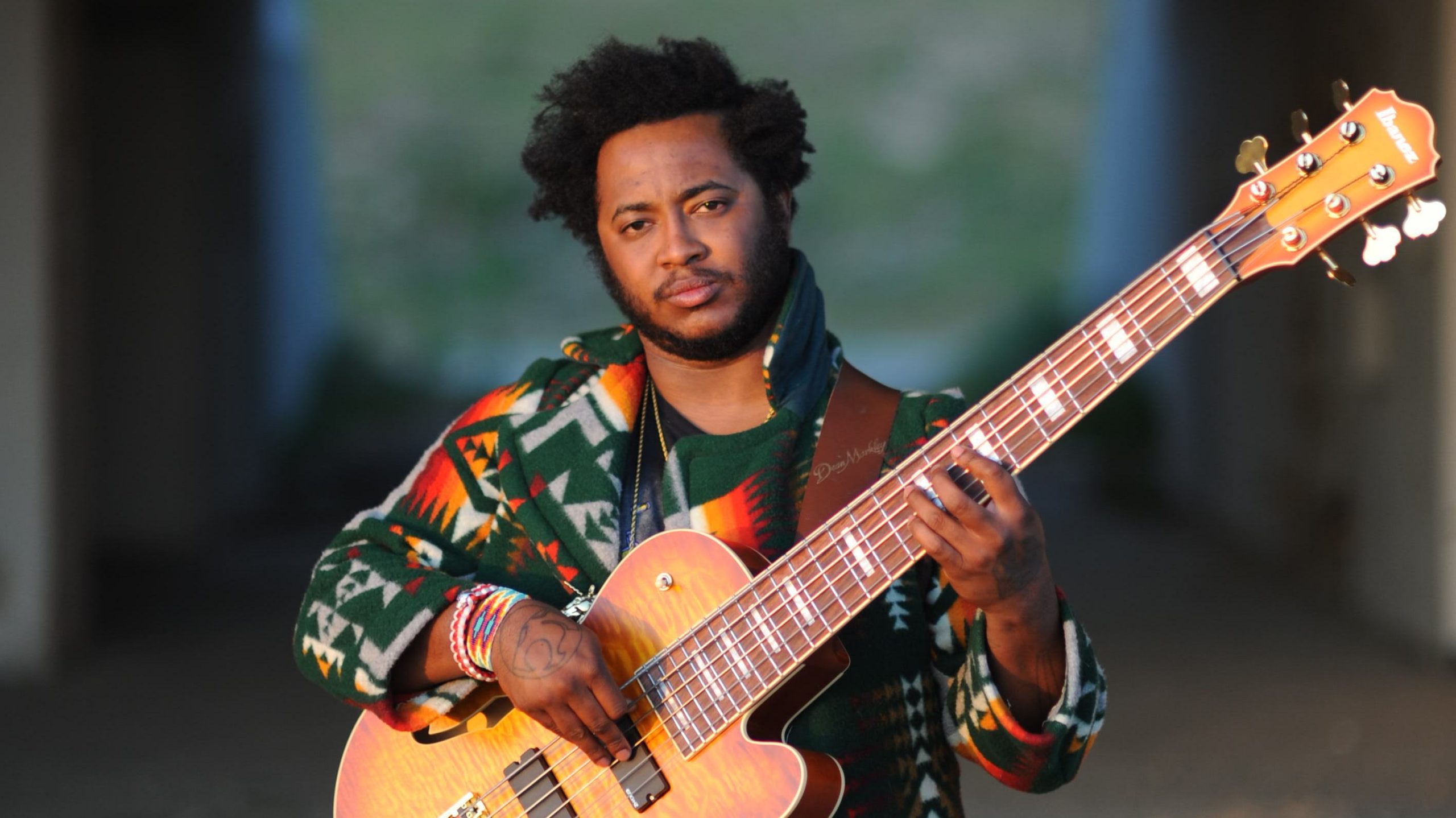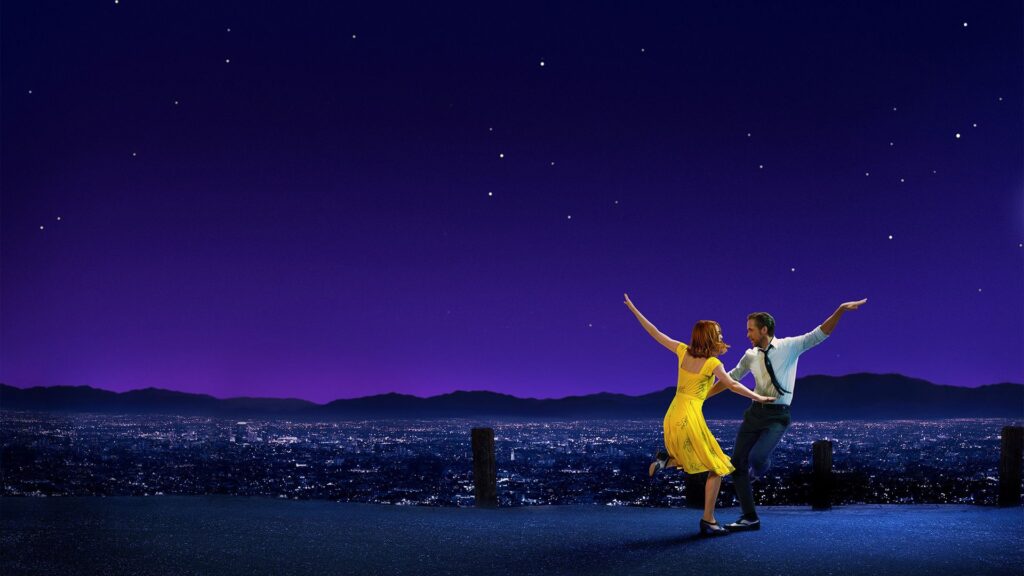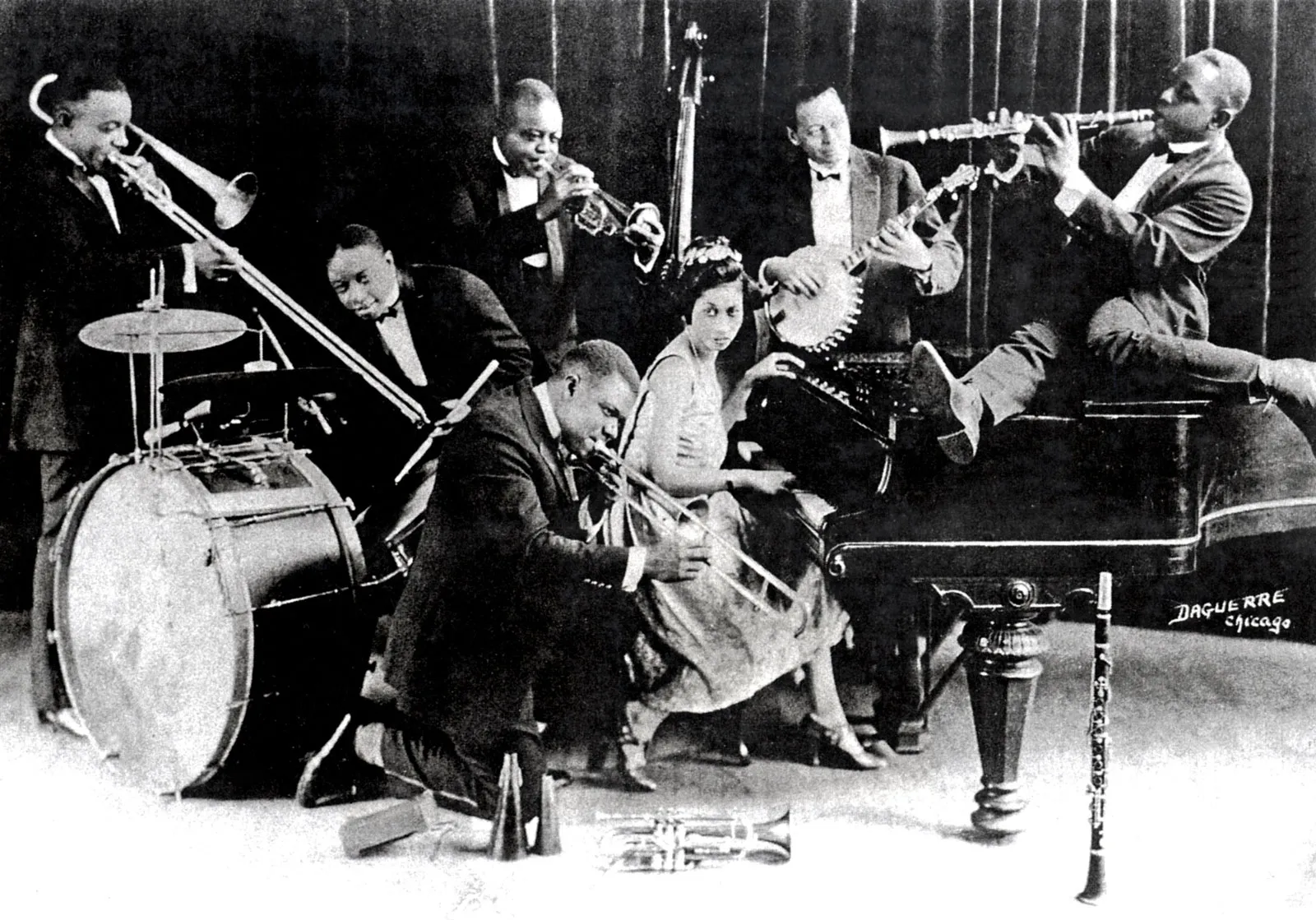Jazz has long been a cornerstone of musical innovation, influencing genres from rock to hip-hop. However, in today’s fast-paced music industry dominated by pop, hip-hop, and electronic music, jazz seems to have taken a back seat. Or has it? While traditional jazz may not frequently top the Billboard charts, its impact is deeply embedded in modern music. From chart-topping artists incorporating jazz elements into their work to the rise of neo-jazz and crossover hits, the genre continues to shape contemporary music in unexpected ways. Let’s explore the role of jazz in today’s music charts, its resurgence through fusion styles, and how it continues to listeners globally.
1. The Influence of Jazz on Popular Genres
Jazz’s improvisational nature and complex harmonies have significantly influenced genres like R&B, hip-hop, and electronic music. Artists such as Kendrick Lamar and Anderson. Paak has seamlessly integrated jazz elements into their music, creating a fresh and dynamic sound that resonates with mainstream audiences. Lamar’s critically acclaimed album To Pimp a Butterfly is a prime example, featuring jazz-heavy instrumentals and collaborations with notable jazz musicians like Kamasi Washington. Similarly, electronic producers like Flying Lotus have infused jazz’s fluid structures into their compositions, bridging the gap between classic jazz and modern beats. As a result, while jazz in its purest form may not dominate the charts, its DNA is evident in many hit songs today.
2. The Rise of Neo-Jazz and Crossover Artists
Neo-jazz, a modern interpretation of jazz that blends elements from funk, soul, and electronic music, has been gaining traction. Artists like Thundercat, Robert Glasper, and Snarky Puppy have cultivated a new wave of jazz appreciation among younger listeners. These musicians experiment with jazz’s foundational elements while making them accessible to contemporary audiences. Streaming platforms like Spotify and Apple Music have played a crucial role in the rise of neo-jazz, providing exposure to independent and experimental jazz musicians. With viral success and collaborations with mainstream artists, this subgenre is reviving jazz’s presence in the music industry and occasionally pushing jazz-influenced tracks onto the charts.

3. Jazz Festivals and Live Performances Driving Popularity
While jazz recordings may not frequently hit the top of the charts, live jazz performances and festivals continue to draw massive audiences. Events like the Montreux Jazz Festival, North Sea Jazz Festival, and New Orleans Jazz & Heritage Festival showcase both legendary and contemporary artists, keeping the genre alive and relevant. Many mainstream musicians also incorporate live jazz elements into their performances, creating a unique and immersive concert experience. These festivals not only celebrate jazz but also serve as platforms where genres intersect, leading to collaborations that eventually find their way into mainstream music. The energy of live jazz, with its improvisation and rich instrumentation, continues to attract audiences and inspire modern artists.

4. The Role of Jazz in Film, Television, and Social Media
Jazz’s presence extends beyond mainstream music charts into film scores, television series, and social media trends. Movies like La La Land and Soul have reintroduced jazz to younger generations, showcasing its timeless appeal. TV shows such as Atlanta and The Queen’s Gambit have used jazz-heavy soundtracks to enhance storytelling, subtly integrating the genre into pop culture. Meanwhile, platforms like TikTok have also played a surprising role in the resurgence of jazz, with users sampling classic jazz tracks and remixing them into viral trends. This cross-media presence helps jazz maintain cultural relevance, ensuring that even if it isn’t always on the Billboard Hot 100, it remains an influential force in modern music.


